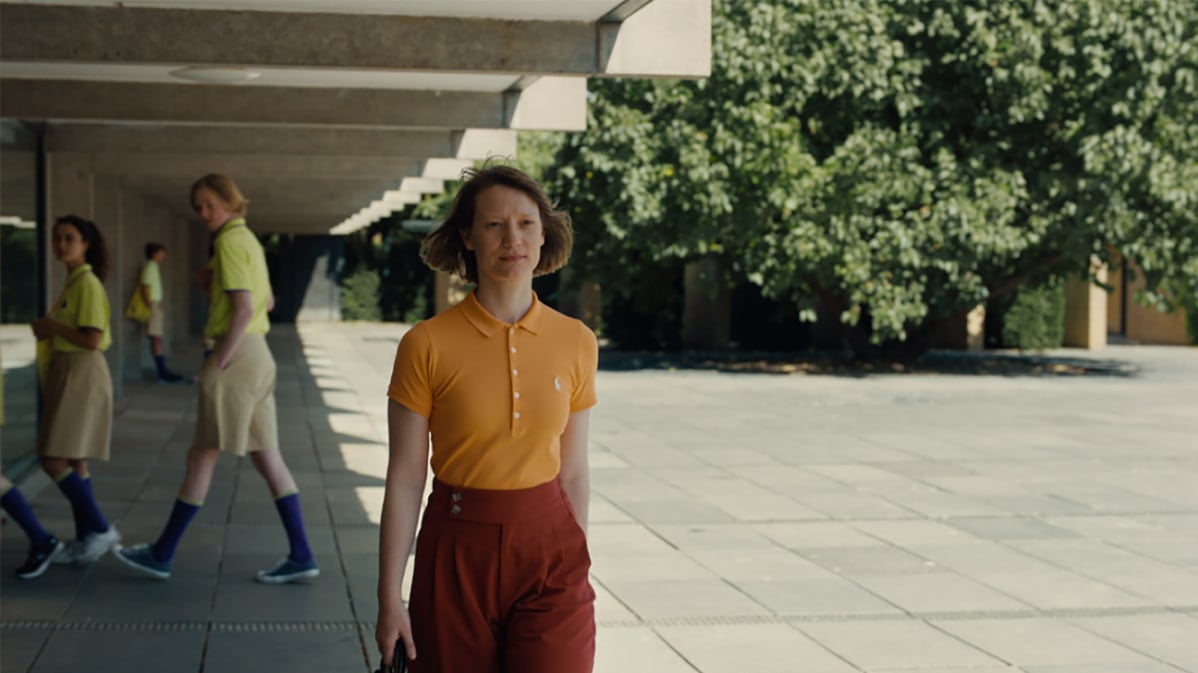The Eating Disorder Film With a Vomit Scene Shocking Cannes
CONTROVERSIAL
“Club Zero” aims to be a sci-fi satire, with a plot about a teacher who convinces her students to stop eating entirely—and one sequence that will get everyone talking.

Trending Now





